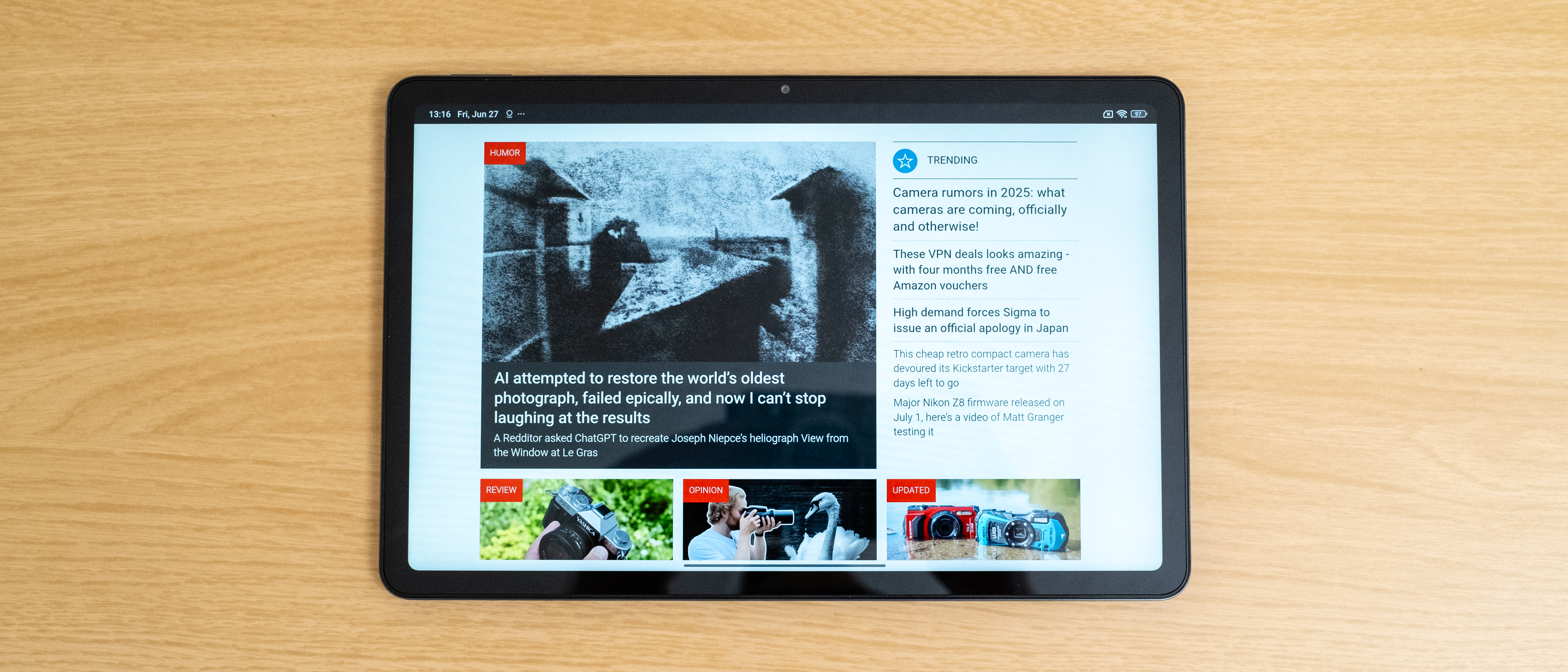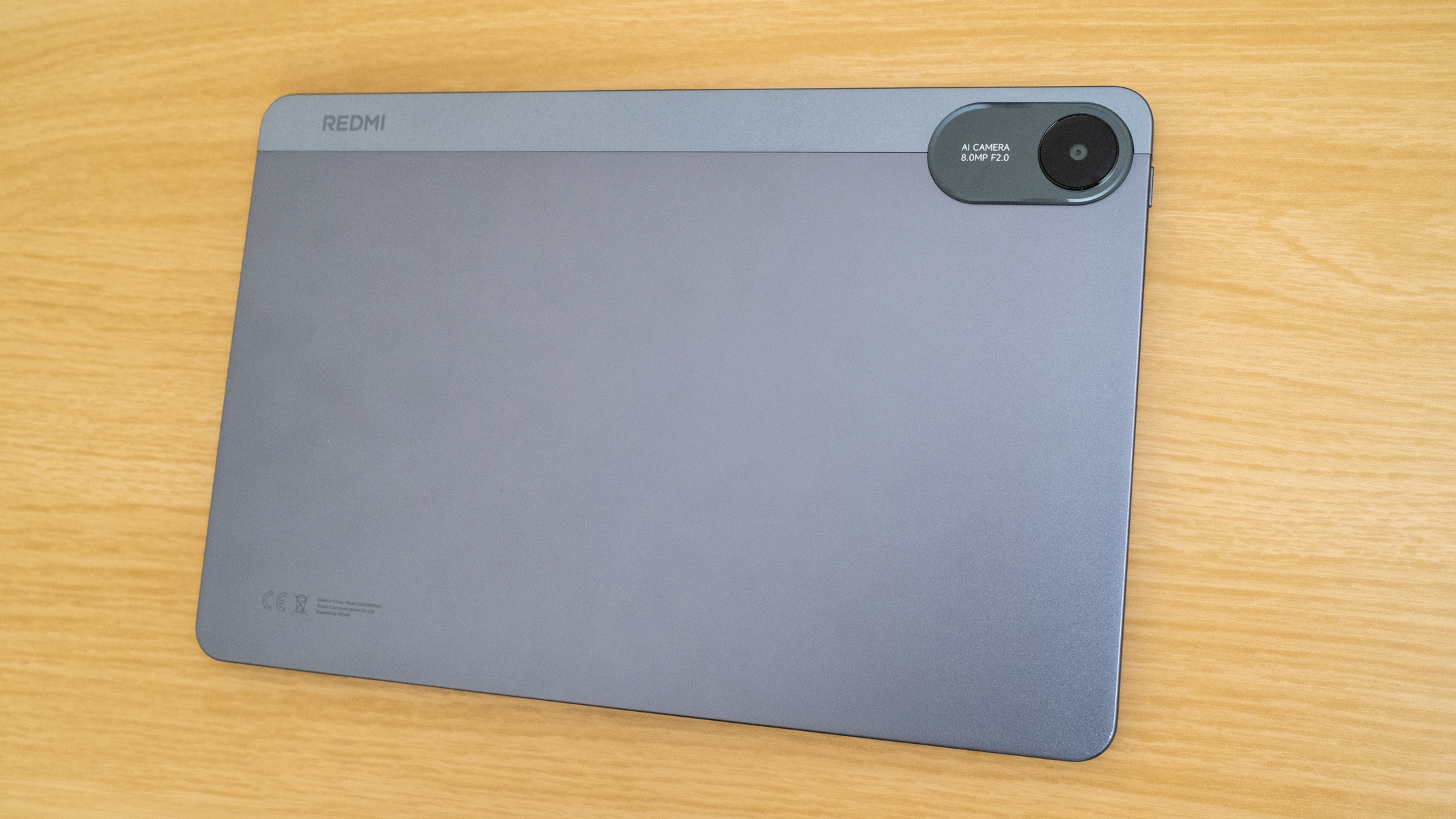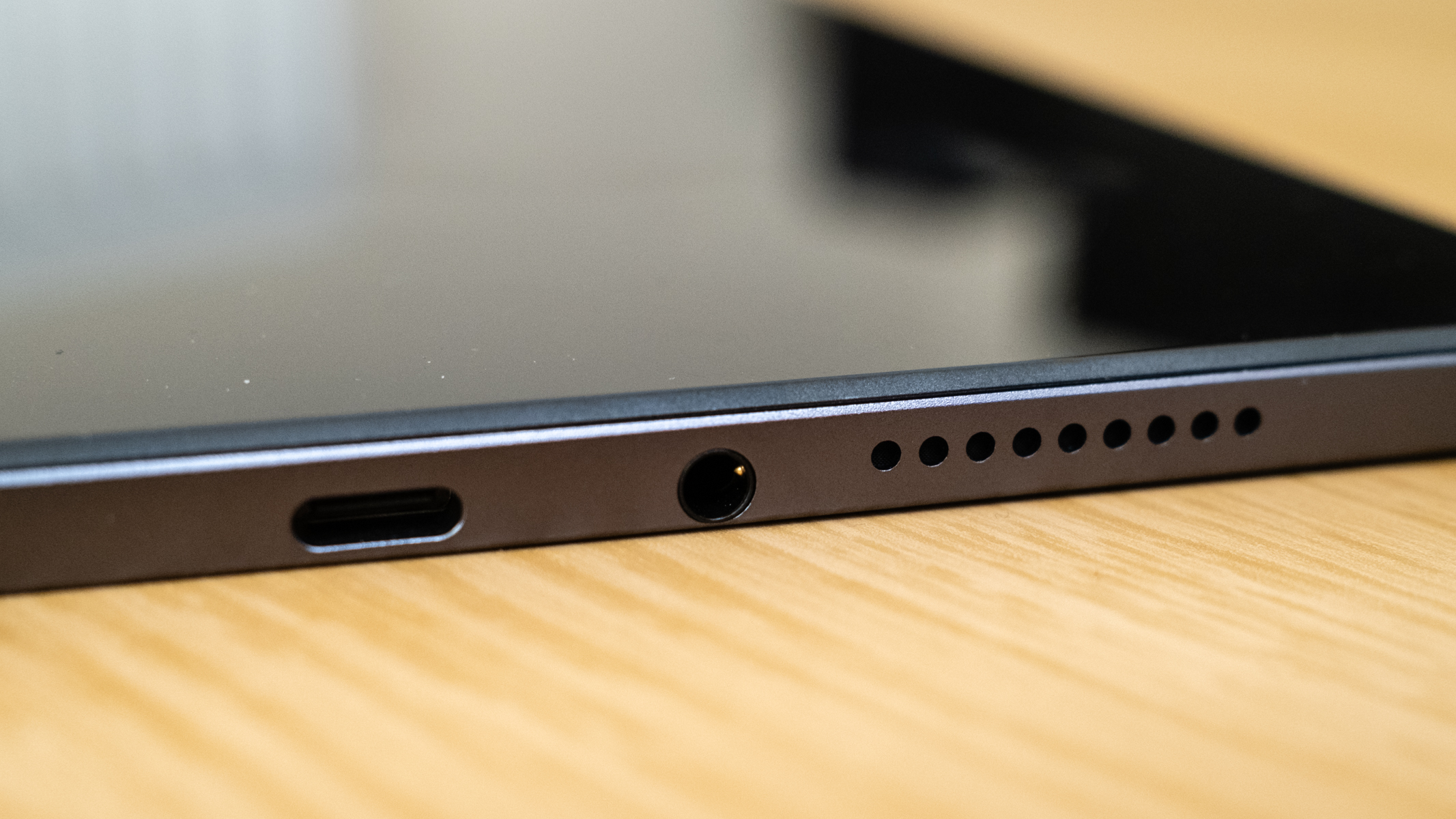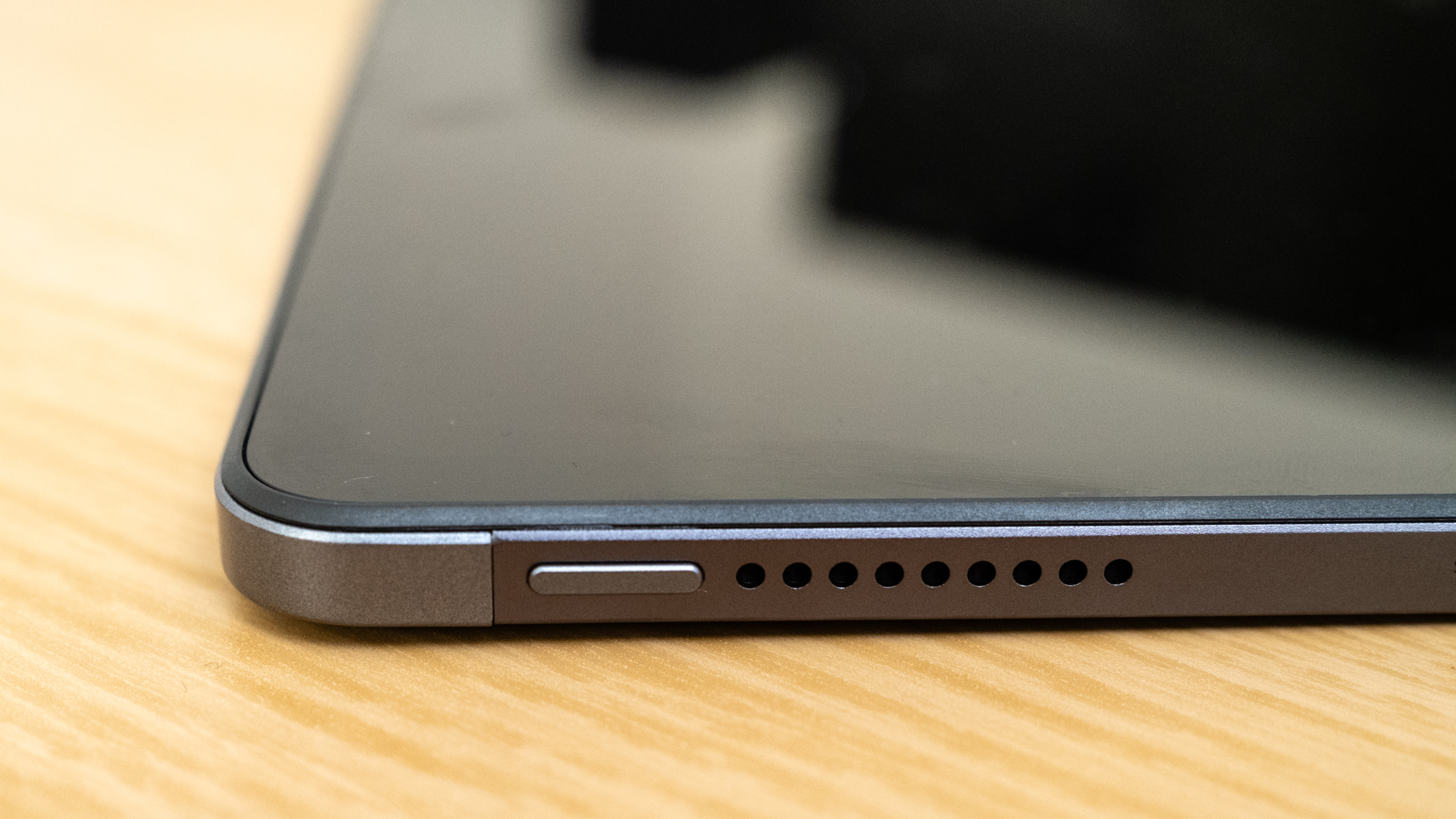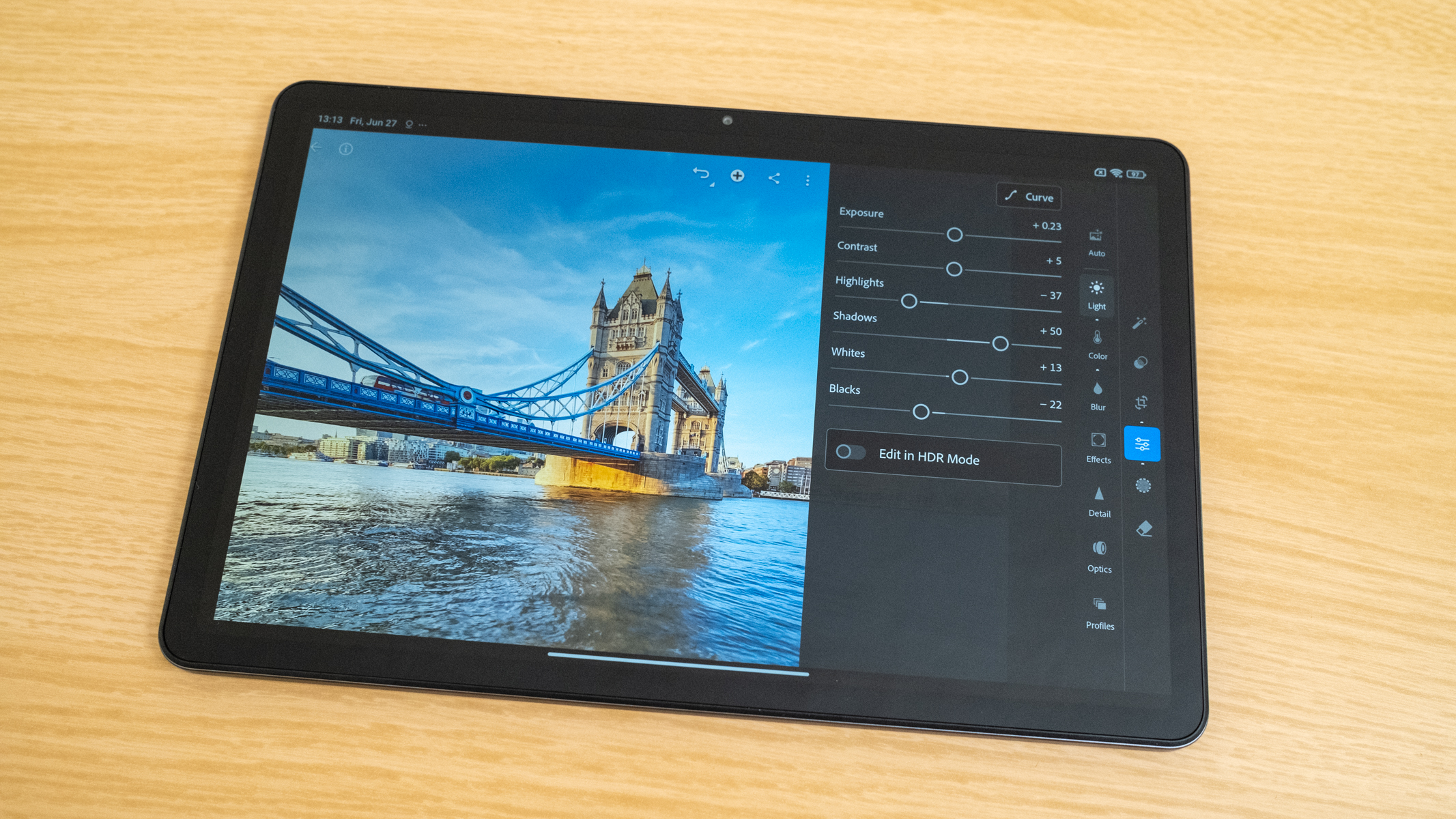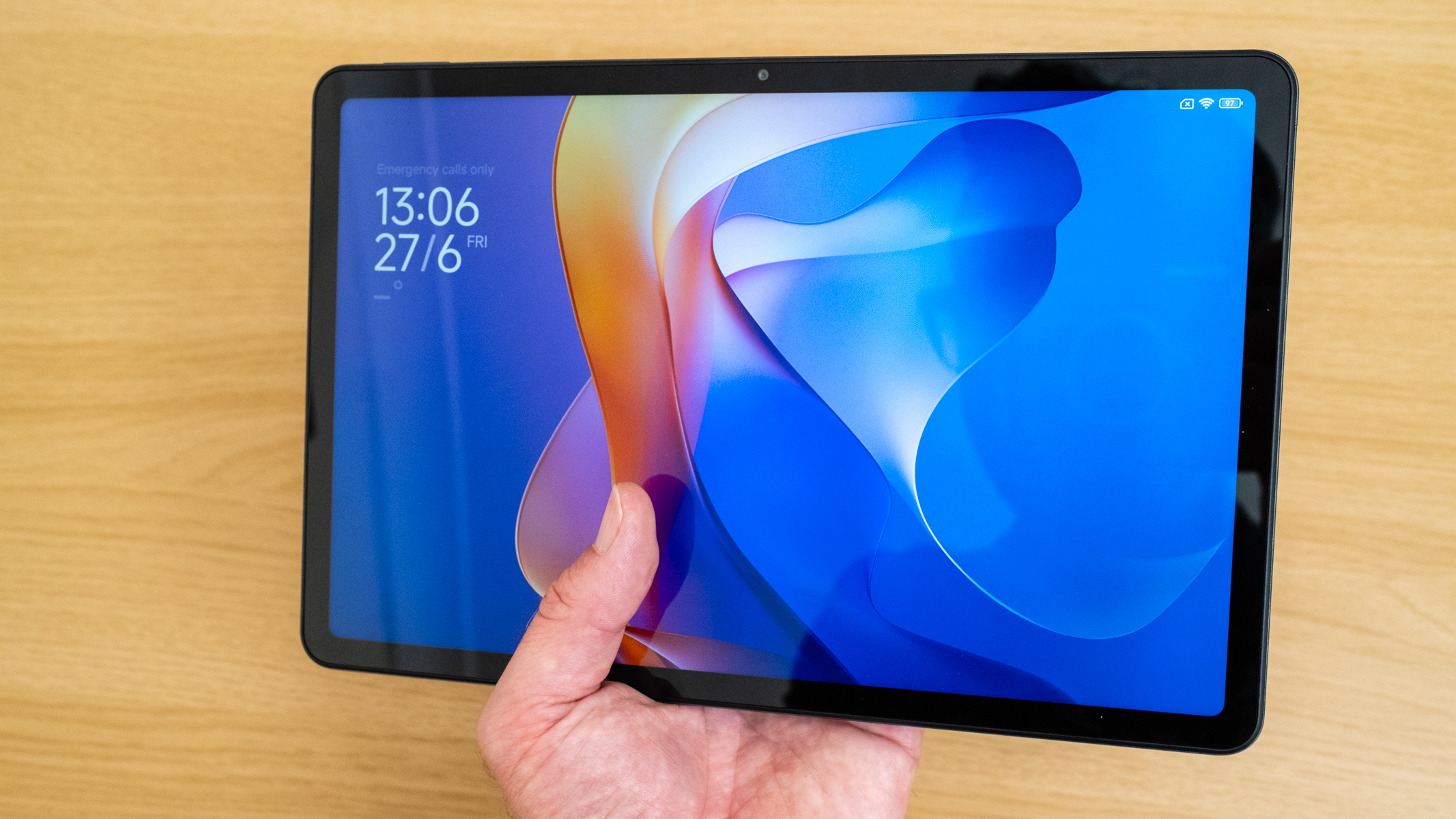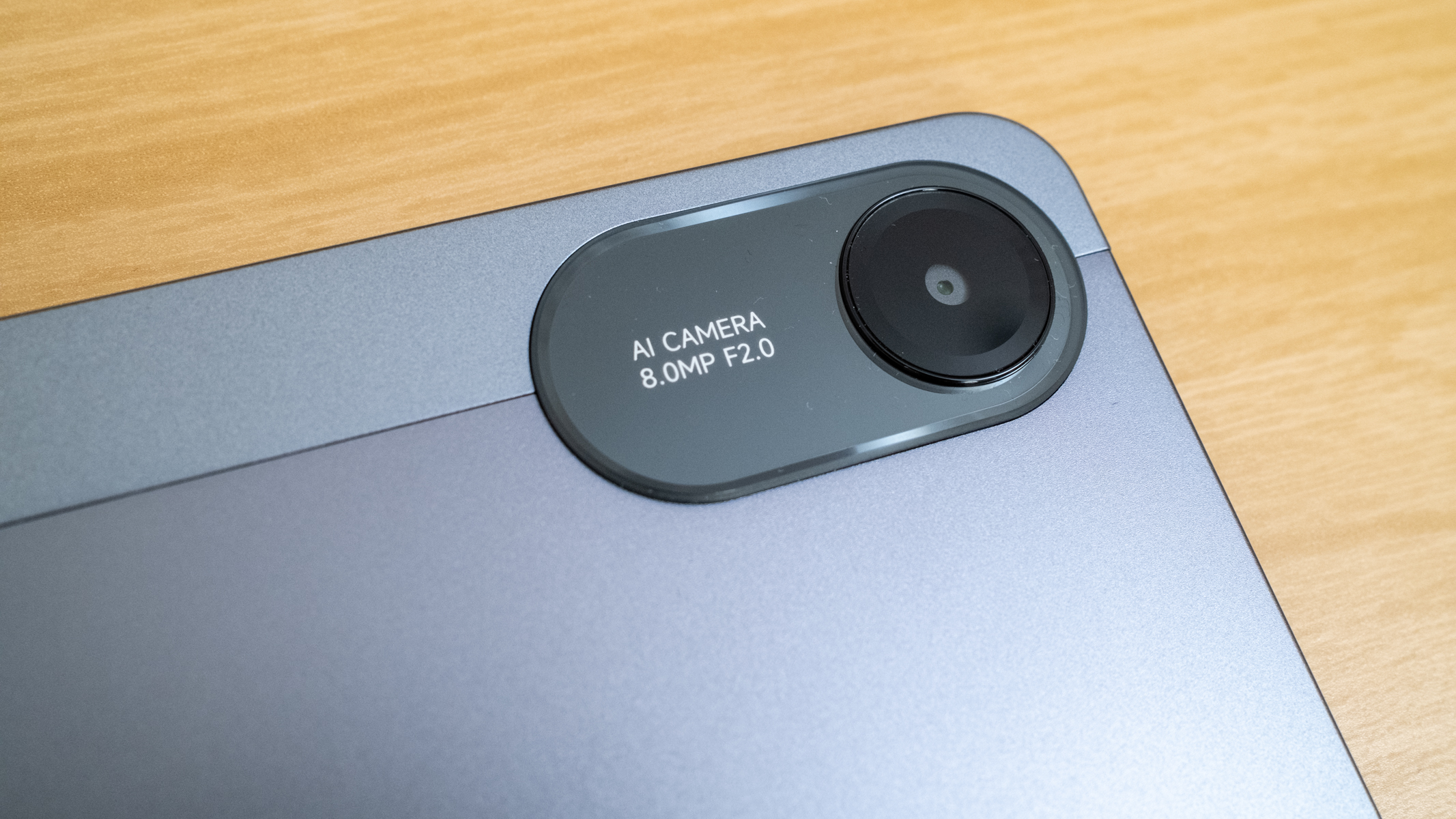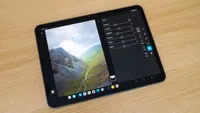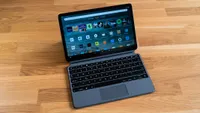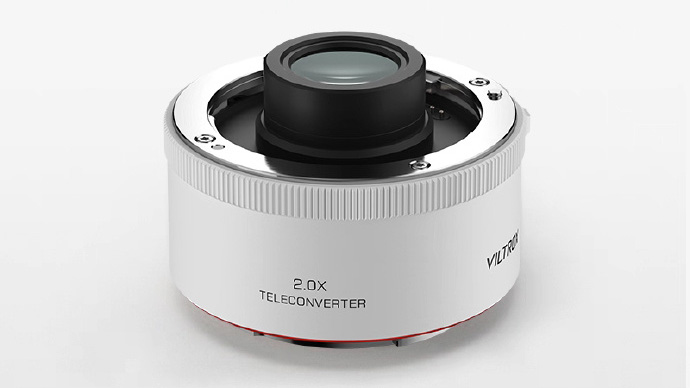Digital Camera World Verdict
If you’re looking for a basic, low-cost tablet for general use, the Xiaomi Redmi Pad 2 will more than adequately cover your needs. This is especially if you go for the more powerful option with 8GB of RAM and 256GB of storage. The screen is great, and although the sound from the quad speakers lacks depth overall, they can handle loud music without distortion and remain clear. So, if you’d like a tablet for entertainment around the house and on the go, the Redmi Pad 2 is good value for money.
Pros
- +
Attractive design
- +
Decent screen and sound
- +
Great battery life
Cons
- -
Poor headphone jack position
- -
Not the cheapest budget model
- -
No split-screen functionality
Why you can trust Digital Camera World
Smartphones are the smart devices we use the most, but tablets certainly don’t appear to be going anywhere, with many new models released each year. The Xiaomi Redmi Pad 2 is a slim and lightweight budget tablet from an established tech manufacturer, and potentially one of the best budget tablets available.
Budget tablets have come a long way, and many look and feel of a much higher quality than comparable models from 10 years ago. It’s fair to say that many, including the Redmi Pad 2, feature attractive designs with narrow bezels and metal bodies that belie their price. The two Redmi Pad 2 models available look identical, with just the RAM and storage being different, and the more expensive model offering LTE connectivity.
I reviewed the model with 8GB RAM and 256GB storage, which logically provides a smoother experience than the slightly cheaper model with 4GB RAM and 128GB storage. The higher-end model of the two isn’t much more expensive, so if your budget can stretch a little further, it’s worth it for the extra memory and storage.
Xiaomi Redmi Pad 2 : Specifications
Display | 11in 2.5K / 16:10 / 2560x1600px / 274ppi |
Processor | MediaTek Helio G100-Ultra |
RAM | 4GB / 8GB LPDDR4X |
Battery life | 9000mAh / 86 hours standby |
Storage | 128GB / 256GB |
Front camera | 5MP 1080p 30fps / 720p 30fps |
Rear camera | 8MP 1080p 30fps / 720p 30fps |
Dimensions | 10.02×6.54×0.29in / 254.58x166.04x7.36mm |
Weight | 18oz / 510g |
Xiaomi Redmi Pad 2: Price
The Xiaomi Redmi 2 is available in two versions and two colours. The price of the two is so small that for many people it will make sense to invest in the slightly more expensive model to enjoy more RAM, a higher storage capacity and LTE/4G connectivity.
The cheaper model with 4GB RAM and 128GB storage costs $179 / £169 / AU$288, while the version with 8GB RAM and 256GB storage costs just $215 / £219 / AU$347. These are attractive prices for tablets with a decent 11-inch 2.5K screen, LTE/4G connectivity for the more expensive version when a SIM card is installed and respectable performance across the board.
Xiaomi Redmi Pad 2: Design & Handling
The Redmi Pad 2 is a good-looking tablet; there’s no getting away from the fact that the narrow bezel and the all-metal unibody make this budget tablet look and feel more expensive than it is. The tablet is also available in two colours: Graphite Gray and Mint Green. The lightly textured metal does feel good in the hand and provides a degree of grip that’s noticeably different to the screen, but a case of some kind will naturally provide more protection and improved grip.
This tablet offers an 11-inch screen, but with a 16:10 aspect ratio, it’s more rectangular than many other 11-inch tablets. This works well when streaming TV shows and movies, but perhaps most importantly, it means the tablet isn’t too wide and is comfortable to hold in one hand for use in portrait orientation. This is great when using apps that work best in portrait format, such as social media apps, and when reading eBooks and news websites, etc.
The best camera deals, reviews, product advice, and unmissable photography news, direct to your inbox!
With dimensions of 10.02×6.54×0.29in / 254.58x166.04x7.36mm and a weight of 18oz / 510g, you can immediately see that this is a well-proportioned and fairly lightweight device. It still manages to pack in four speakers, an on/off switch, a volume control, a USB-C port and a 3.5mm headphone jack.
It’s not often you see a headphone jack these days – it does almost seem pointless in the world of earbuds, but why not? It is, however, positioned extremely close to the back edge of the tablet, which could put pressure on the cable if the tablet isn’t in a case and is just resting on your lap, bed or sofa. It’s a nice idea, but perhaps not the best execution; I’ll certainly be sticking to wireless headphones.
The Redmi Pad 2 features a generous 9000mAh battery, which Xiaomi claims provides up to 86 days on standby, 234 hours of music playback and 17 hours of video playback. I didn’t test the tablet to these extremes, but I was happy with the longevity of the battery when the tablet was used for web browsing, streaming, emails and app use, including Lightroom Mobile to see how well the tablet could handle editing smartphone Raw files.
For this type of standard use, the Redmi Pad 2 didn’t skip a beat, and I was able to scroll through YouTube Shorts quickly without any slowdowns or stuttering. It’s far from a serious productivity tablet that you could use to replace a laptop for many but not all tasks, but for everyday use, the processing power, screen and sound are more than adequate.
Despite not being a productivity powerhouse, the Redmi Pad 2 is compatible with the Redmi Smart Pen, which can be used for sketching in the included Mi Canvas app, an alternative drawing app from Google Play, for note-taking and for photo editing, etc. This is an optional extra and not an accessory that was included with the review unit, so I was unable to test it.
Whether or not you’d need the Redmi Smart Pen is very much a personal preference, but for this tablet I think it would only be worthwhile if you intend to sketch and draw. For all other tasks, using your forefinger for navigation is enough. If the tablet were more powerful and had a larger screen, a smart Pen would be much more useful, in my opinion.
Xiaomi Redmi Pad 2: Performance
Setting up the tablet is simple, like all tablets, although I did accidentally set up gesture rather than button control during the setup process. This was user error, and it was easy enough to fix this in the settings. The tablet runs Xiaomi HyperOS 2, which is based on Android 15 and Xiaomi's Internet of Things platform, Vela. It’s nothing out of the ordinary as an OS, but it can’t be faulted except for the absence of split-screen functionality for viewing two apps at once.
This combination does bring into play a host of AI-powered features, ranging from speech recognition to even unique calculator features. Do these improve functionality, or are they simply a jump onto the current AI bandwagon? Realistically, some are useful and others are pointless gimmicks. For example, AI Gesture Recognition allows you to add special effects during video calls using gestures - make of it what you will.
If you own a Xiaomi smartphone running HyperOS 2 you can enjoy several syncing options across the phone and tablet including call sync, network sync which utilises the phone’s WiFi hotspot intelligently and shared clipboard. The Redmi Pad 2 can also be set up for interconnectivity with Apple devices and linked to Windows PC, so it can be incorporated into your existing device ecosystem.
In terms of the installed software, there is some bloatware included, but you can hide these apps from the homepage if they can’t be uninstalled. There are also some popular apps pre-installed, including TikTok and Temu, installed already, which may save you time if you’d install them anyway. These can be deleted if not required.
When you compare this tablet to higher-end models released just two or three years ago, you’re getting some pretty decent hardware, including the 8GB of RAM and 256GB of storage in the more expensive model of the two.
The 11-inch screen is also excellent for a budget model at 2.5K / 2560x1600px with a 274ppi pixel density. It also offers a 10-bit colour depth, 1500:1 contrast ratio and a 90Hz refresh rate. Colours are great and the image is crisp, although viewing angles are minimal, so it’s best viewed straight on.
The screen provides a nice and clear image when using apps and watching streaming services, as well as doing some minor photo editing in Adobe Lightroom Mobile and Photoshop Express, etc.
The screen is highly reflective, and it can be difficult to view darker scenes in movies and TV shows. This is a normal issue with tablets, so it’s certainly not unique to the Redmi Pad 2. The screen is also a fingerprint magnet and smears easily, which also makes viewing difficult.
Adding to the enjoyment of listening to music and watching movies, the quad speakers support Dolby Atmos, and the sound quality is good overall. Sound is clear, and although the bass isn’t horrific, it certainly lacks depth.
To test this, I played DJI Shadow – Nobody Speak and Tool – 7empest on YouTube at full volume to try different music genres. Everything remained clear with a dominant midrange, so you can certainly enjoy loud music and movies, but don’t expect too much.


Tablet cameras are infamously poor, and the Redmi Pad 2’s cameras won’t be winning any awards; particularly the front-facing camera, which is the one you’d typically use for video calls. Both are also quite low-res, and cameras of a higher quality would be a welcome improvement.
The main rear camera is 8MP and can capture video at 1080p 30fps and 720p 30fps, while the front-facing camera is 5MP and can capture video at 1080p 30fps and 720p 30fps.
When comparing photos taken with the two cameras, the rear camera isn’t bad overall, but fine detail is mushy. The front-facing camera is pretty poor, and the same scene shows even more detail loss and a significant softness across the whole image taken in bright light.
Tablets have never and will never be a good option for photography, but the front-facing camera is important for video calling, and it could have been much better here.
Xiaomi Redmi Pad 2: Verdict
If you’re looking for a basic, low-cost tablet for general use, the Xiaomi Redmi Pad 2 will more than adequately cover your needs. This is especially if you go for the more powerful option with 8GB of RAM and 256GB of storage. The screen is great, and although the sound from the quad speakers lack depth overall, they can handle loud music without distortion and remain clear.
For the price, you’re getting a pretty good deal here, and while the Redmi Pad 2 isn’t up to the speed of more powerful productivity tablets with larger screens, it’s quite similar to more powerful tablets from a few years ago. So, if you’d like a tablet for entertainment around the house and on the go, the Redmi Pad 2 is worth a look.
Features ★★★★☆ | Most of the features you'd expect but no split-screen functionality. |
Design ★★★★★ | Fantastic build quality and a design that offers a premium look. |
Performance ★★★★☆ | Respectable performance from the 8GB model but the front facing camera is pretty poor. |
Value ★★★★☆ | The price is exactly what you'd expect for a tablet of this spec but the cheaper model isn't much less expensive. |
✅ Buy it...
- You only need a tablet for entertainment and browsing.
- You’d like a budget tablet with reasonable processing power.
🚫 Don't buy it...
- You get everything you need from your smartphone.
- You need a larger and more powerful tablet for productivity tasks.
Alternatives
The OnePlus Pad Go is another budget model with similar specs to the Redmi Pad 2. It’s a little less expensive than the Redmi 256GB model, but it runs Android 14 rather than 15.
The Amazon Fire Max 11 is a great Amazon tablet, but it has the limitation of no Google Play Store. If you can live without this, it’s a fantastic tablet in many ways.
James Abbott is a landscape and portrait photographer based in Cambridge. He’s also an experienced photography journalist specializing in camera skills and Photoshop techniques. He is also a CAA-approved drone pilot and professional aerial photographer.
You must confirm your public display name before commenting
Please logout and then login again, you will then be prompted to enter your display name.
